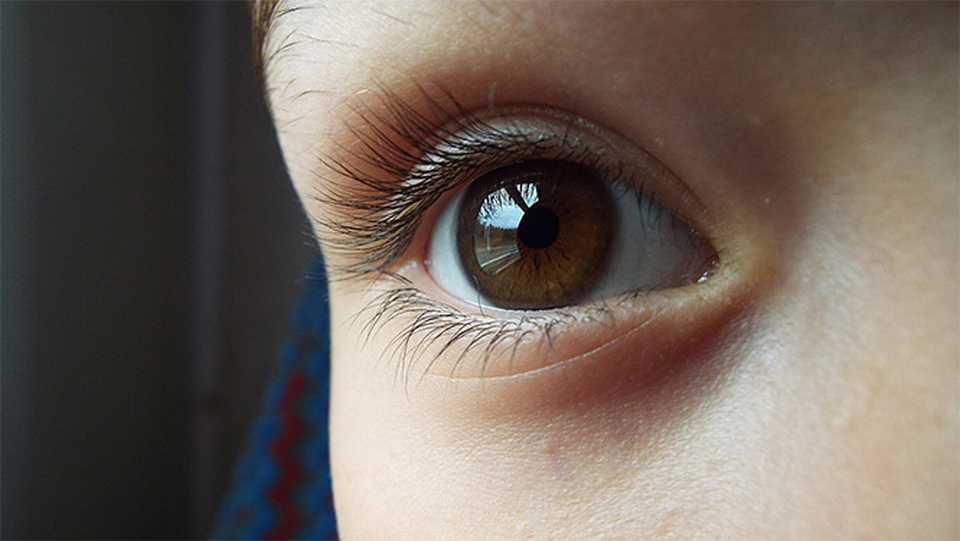It is not unusual to use a digital device multiple times per day in today’s connected world. Recent statistics show that children are also using smartphones, tablets, computers more often than adults. Many children are exposed to screens at an early age and are familiar with them by the time they start school.
Technology has many benefits for children and adults alike. However, almost two-thirds of children are now being diagnosed with computer vision syndrome (digital eye strain).
Computer vision syndrome affects adults, who are quick to see the connection between screen time and discomfort. Children are more likely not to notice the problem.
Over-exposure to blue light emitting screens, such as mobile devices and tablets, can lead to computer vision syndrome. This affects people who spend more then three hours a day in front of a monitor. Some people experience uncomfortable symptoms, which can make it difficult to diagnose. Parents need to be aware of the signs and ways to prevent eye strain in their children.
Warning Signs
Digital eye strain is something that adults are more likely to recognize in themselves. However, parents need to be aware of warning signs to help children avoid long-term damage. Computer vision syndrome is most commonly characterized by:
- Headaches
- Stiffness and pain in the neck or shoulders
- Dry, irritated or itchy eyes
- Reduced attention span
- Declining behaviour
- Irritability
Computer vision syndrome is more common in children than the digital eye strain that often goes hand-in-hand with it. Children’s eyes are still developing so the increased risk of computer vision syndrome and digital eye strain can be a problem in the short-term and long-term. Children are less likely than adults to use their mobile devices or laptops in an efficient manner. They tend to hold the screen too close to where they are looking. Eye strain can lead to computer vision syndrome if you do this for too long.
Misdiagnosis: Common
Computer vision syndrome is becoming more common in young children. Parents need to be aware both of the signs and the possibility of misdiagnosis. The UK’s medical negligence lawyers explain that vision problems can make it difficult for children to concentrate on schoolwork.
Researchers have found that vision problems can be linked to children’s inability to process information and organize their thoughts. These common symptoms may lead doctors to diagnose ADHD. However, computer vision syndrome is the real culprit.
Children with ADHD are often prescribed prescription medication to improve their focus and attention when they are incorrectly diagnosed. While these treatments are effective for ADHD patients, they may not be as effective for children with computer vision syndrome. Unwanted side effects can result from taking unnecessary medication that doesn’t address the root cause. Parents can take many steps to avoid these side effects by getting the correct diagnosis.
Prevention Tip
Computer vision syndrome can seem inextricable to children living in technology-driven environments, but there are ways around it.
To prevent any eye strain problems, parents can make sure their children have their eyes checked at least once a year. It is possible to prevent eye strain by limiting screen time and encouraging children to take breaks from the computer at least once every 20 minutes. This allows the eyes to adjust and reset without being distracted by the blue light from the screen.
Encourage children to go outside. This not only limits screen time, but also reduces the chance of developing long-term computer vision syndrome.
Digital eye strain and its conditions do not need to become a permanent problem. It is possible to quickly correct the problem if parents are attentive to their child’s well-being and monitor any symptoms that could be linked to computer vision syndrome.
A visit to an eye doctor will usually suffice to determine if there is any eye strain. It is possible to reduce the risk of developing computer vision syndrome by limiting screen time and encouraging frequent breaks from using devices.






